7 Effective Ways to Fix Your Finger Sprain Fast (With Pictures)
How to Treat Finger Sprains
If you are suffering from a finger sprain, you may experience severe pain, swelling, and difficulty in movement. In this article, we will share with you 7 secrets to treat finger sprains easily and quickly.
Evaluating the Severity of the Injury
Before starting any home treatment, it is important to make sure that your injury is not serious. You may need medical care for severe finger sprains, especially if your finger is bent unnaturally, extremely swollen, or discolored. In this case, you should consult your doctor immediately to prevent deformity or disability.
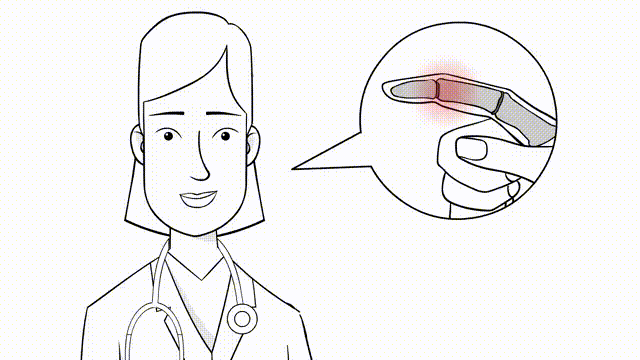
Resting the Injured Finger
If your finger is swollen and painful, the best thing you can do is to rest it and avoid using it as much as possible. This will help reduce pressure on the torn or stretched ligaments, minimize joint inflammation, and speed up tissue healing. You may need to take a break from participating in sports, work, or any activity that involves using your hands frequently. You may also need to use a brace or tape to stabilize your finger and protect it from unwanted movements.
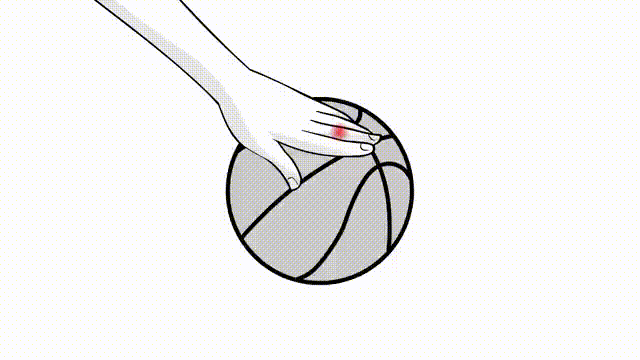
Applying Ice on the Injured Finger
One of the easiest and cheapest ways to treat finger sprains is to use ice. Ice works by cooling the affected area, reducing blood flow, and numbing pain. It is recommended to apply ice on the injured finger as soon as possible after the injury, and continue doing so for 10 to 15 minutes every two to three hours for the first two days. You can use anything frozen such as a bag of peas, a piece of frozen gel, or even ice cubes. But remember to wrap it with a piece of cloth or towel to avoid frostbite.
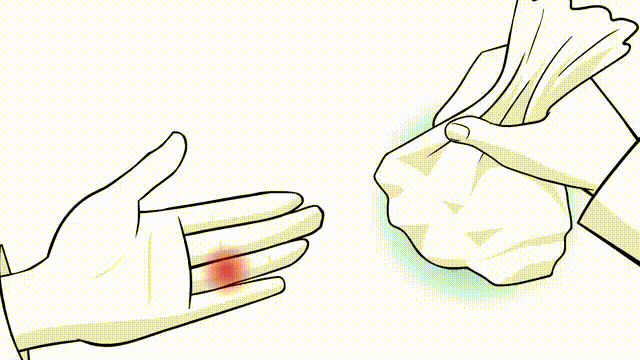
Taking Anti-Inflammatory Medications
If ice is not enough to relieve your pain and inflammation, you may need to take some anti-inflammatory medications. These medications help prevent the production of substances that cause swelling, redness, and heat in the joint. Some of the most common non-steroidal anti-inflammatory drugs are aspirin, ibuprofen, and naproxen. You can buy them from any pharmacy without a prescription, and follow the instructions on the package for dosage and usage. But be careful not to take these medications for long periods or on an empty stomach, as they may cause side effects such as stomach irritation, bleeding, or ulcers.
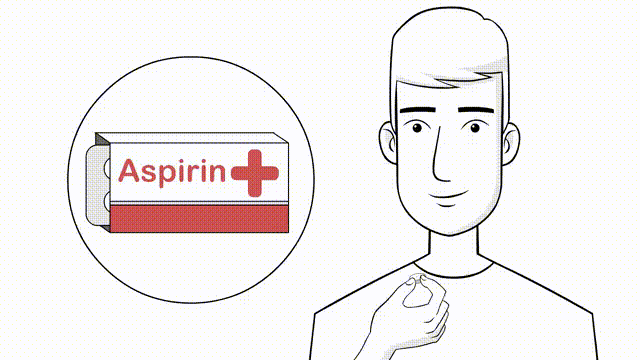
Using Pain-Relieving Creams or Gels
If you don't like taking pills, you may prefer to use pain-relieving creams or gels on your injured finger. These products contain effective ingredients such as menthol, camphor, resorcinol, or methyl salicylate, which help reduce joint temperature, numb it, and stimulate blood flow to the injury for faster tissue healing. You can buy these products from local pharmacies or the internet, and follow the instructions on the package. It is also recommended to apply these products on the injured finger after applying ice and drying it well.
Compressing the Injured Finger
Using compression on the injured finger may help reduce swelling and stimulate blood flow. You can use a tape or a set of specially designed bandages for this purpose. It is advisable to apply this method for short periods only, while being careful not to over-apply or tighten the finger too much as it may cut off circulation.
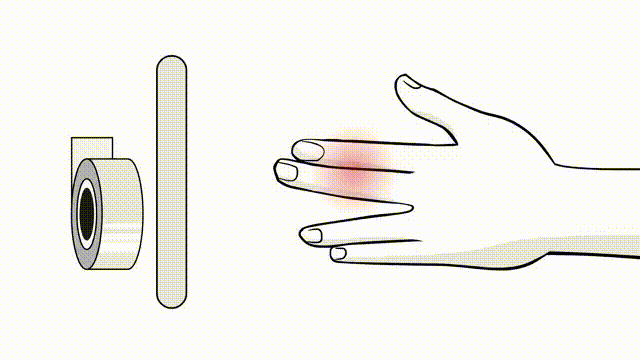
Doing Exercises on the Injured Finger
When your injured finger begins to improve and your pain and swelling reduce, you can start doing light exercises to move the joint and strengthen the ligaments. You can perform simple exercises such as bending, stretching, and small rotations on your injured finger. But be careful not to create any tension or excessive pressure on the joint, and make sure your movements are gentle and slow at the beginning, gradually increasing over time.
Note:
If your pain and swelling persist and you can't move your finger after several days, or if you feel any deformity or deviation in the joint, you may need to consult your doctor to determine the appropriate treatment. It is also advisable to apply the RICE principle (Rest, Ice, Compression, Elevation) to treat and relieve symptoms of finger sprains.


